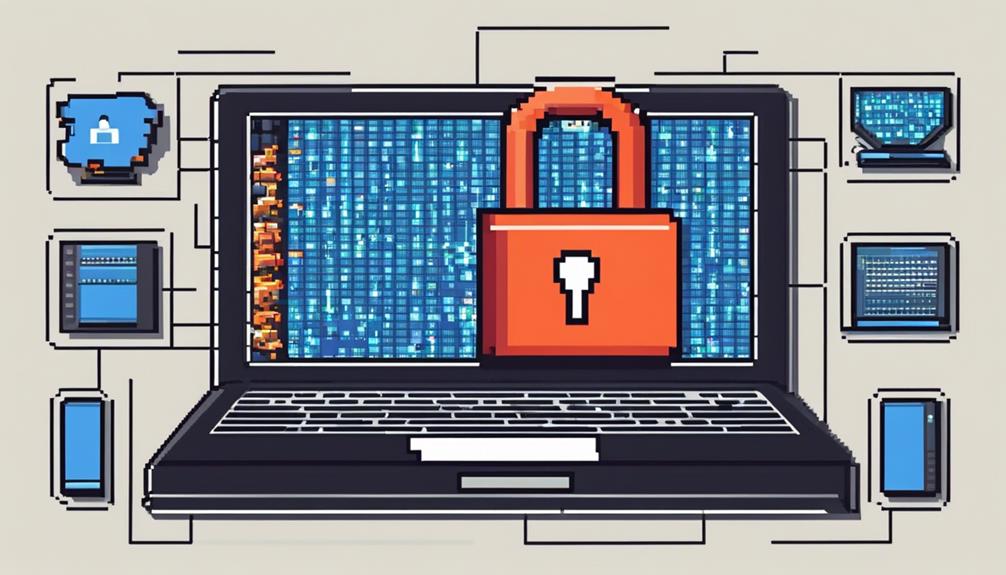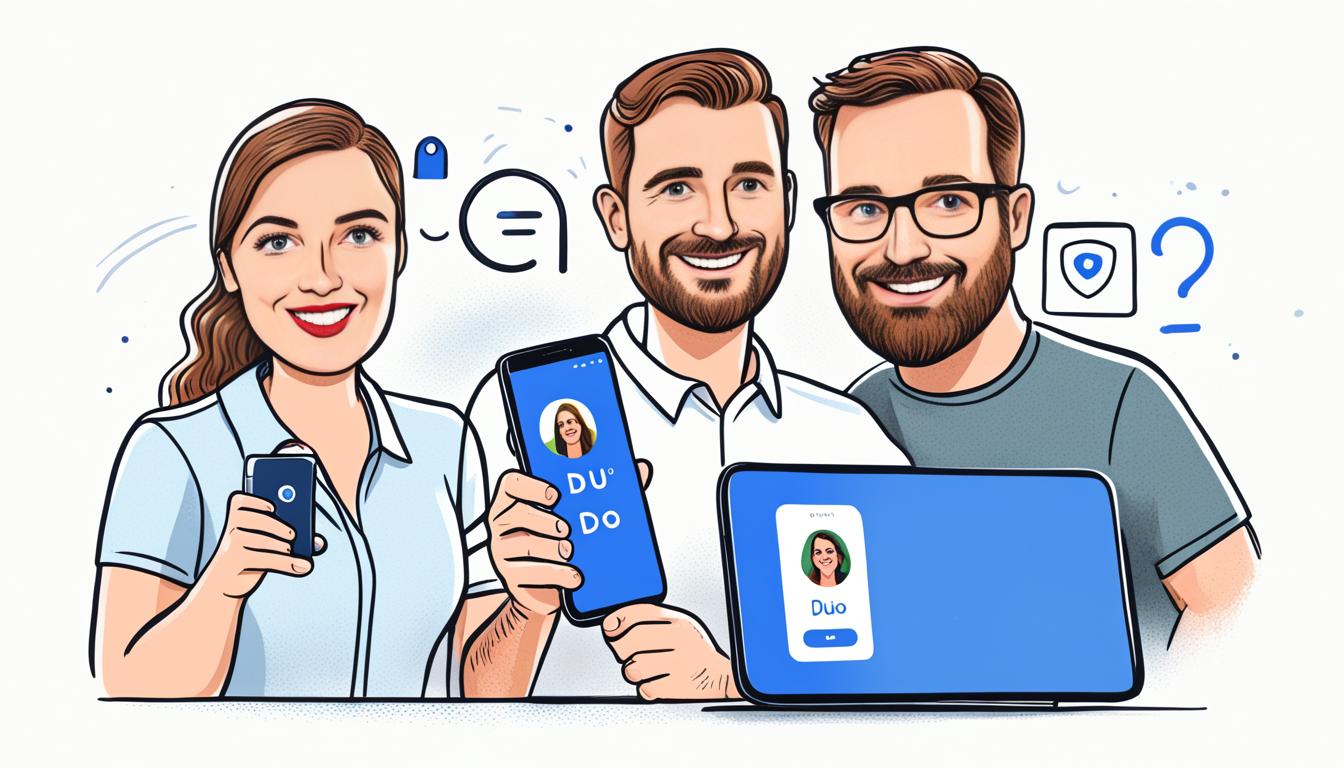To guarantee WhatsApp safety from hackers, prioritize end-to-end encryption for secure messaging. Implement two-step verification adding an extra layer of security. Utilize biometric authentication like Face ID or Touch ID for enhanced account protection. Enable disappearing messages to safeguard sensitive information effectively. Stay updated with app updates to benefit from the latest security features and improvements. These steps secure your chats and shield them from unauthorized access. Additional insights are available to further enhance your WhatsApp security.
Key Takeaways
- Implement end-to-end encryption for secure message transmission.
- Enable two-step verification in WhatsApp settings for added security.
- Use biometric authentication like Face ID or Touch ID for account protection.
- Activate disappearing messages feature to enhance privacy and confidentiality.
- Regularly update WhatsApp to access latest security features and patches.
Importance of End-to-End Encryption
End-to-end encryption plays an essential role in safeguarding the privacy and security of WhatsApp messages. This encryption method ensures that messages are securely transmitted between users, with only the sender and recipient able to access the content.
By employing encryption codes, users can manually verify the security of their conversations, adding an extra layer of protection. This process prevents unauthorized access to chat contents and helps protect user data from potential breaches.
With end-to-end encryption in place, WhatsApp users can communicate confidently, knowing that their messages are shielded from hackers and prying eyes. Verifying encryption codes not only enhances the privacy and security of conversations but also instills trust in the platform's ability to protect user information.
Essentially, end-to-end encryption on WhatsApp serves as a fundamental mechanism for maintaining the confidentiality and integrity of communication within the app.
Implement Two-Step Verification

To further fortify the security measures of WhatsApp beyond end-to-end encryption, users can enhance their account's protection by implementing two-step verification. This feature adds an extra layer of security by requiring a security code, or passcode, when registering your phone number with WhatsApp.
It serves as an essential tool in helping to protect your chats and personal information from unauthorized access.
When setting up two-step verification:
- Navigate to the WhatsApp settings.
- Look for the Account section.
- Locate the Two-Step Verification option.
- Follow the prompts to enable and set up your unique security code.
Use Biometric Authentication

Leveraging biometric authentication on WhatsApp enhances account security by adding an additional layer of protection through Face ID or Touch ID. Biometric authentication requires your unique biological features like fingerprints or facial recognition to access your chats, making it challenging for unauthorized users to gain entry.
By enabling Face ID or Touch ID, only individuals with your biometric data can access and view your messages, greatly reducing the risk of unauthorized access. This extra layer of security provided by biometric authentication not only secures your chats but also guarantees that your conversations remain private and confidential.
With biometric authentication, you can conveniently protect your WhatsApp account from potential hackers and unauthorized individuals, safeguarding your sensitive information effectively. Strengthen the security of your chats by utilizing the advanced biometric features available on WhatsApp, keeping your conversations secure and protected.
Enable Disappearing Messages

Enhancing WhatsApp's security measures further, enabling Disappearing Messages offers users the ability to set a timer for messages to automatically vanish after a specified period. This feature enhances privacy options, ensuring your chats are secure.
Here are four steps to protect your WhatsApp account with disappearing messages:
- Set a Timer: Activate Disappearing Messages by selecting the chat, tapping on the contact's name, and choosing 'Disappearing Messages.'
- Choose the Duration: Select the desired time limit, such as 7 days, for messages to disappear once read.
- Enable for All Chats: Safeguard your conversations by enabling Disappearing Messages for all chats or specific ones as needed.
- Maintain Security: Utilize this feature to keep sensitive information secure and prevent it from being accessed in the future.
Stay Up-To-Date With App Updates

Remaining vigilant with app updates is essential to safeguarding your WhatsApp account and maintaining high-quality security measures. Regularly updating your WhatsApp app guarantees that you have access to the latest security features and patches that address vulnerabilities.
These updates often include important security improvements that protect your chats from potential hackers. By keeping your app up-to-date, you reduce the risk of unauthorized access to your account and enhance the overall security of your conversations.
Outdated apps are more susceptible to security breaches, making it vital to stay current with the latest updates provided by WhatsApp. Making it a habit to check for app updates regularly can greatly contribute to the protection of your account and the security of your chats.
Stay proactive in updating your app to prevent potential security threats and maintain a secure WhatsApp experience.
Frequently Asked Questions
How Do I Keep My Whatsapp Chat Secure?
To keep your WhatsApp chats secure, enable two-step verification, monitor WhatsApp Web logins for unauthorized access, verify encryption with contacts, deactivate the account if your phone is stolen, and manage privacy settings to control group additions for enhanced security.
What Are the Signs That My Whatsapp Is Hacked?
Indications of a potential WhatsApp hack include unexplained alterations in profile details, unauthorized messages sent from your account, sudden logouts, unexpected activity like receiving messages you didn't send, and unfamiliar devices linked.
How Safe Is Whatsapp From Hackers?
WhatsApp employs end-to-end encryption, enhancing security by safeguarding messages from hackers. Additionally, enabling two-step verification and regularly monitoring WhatsApp Web for unknown devices bolster protection against unauthorized access. Verifying encryption codes with contacts and deactivating accounts on stolen devices further fortify security measures.
Can Someone Read My Whatsapp Messages Without My Phone?
For the security of your WhatsApp messages, it is crucial to understand that without physical access to your phone, it is not possible for someone to read your messages. End-to-end encryption protects your chats, making them secure.
Conclusion
To summarize, safeguarding your WhatsApp chats from hackers is essential. By utilizing end-to-end encryption, two-step verification, biometric authentication, enabling disappearing messages, and staying up-to-date with app updates, you can enhance the security of your conversations.
Remember, protecting your information is like putting a lock on a treasure chest – it guarantees only the right people can access what's inside. So, take the necessary steps to keep your chats safe and secure.









